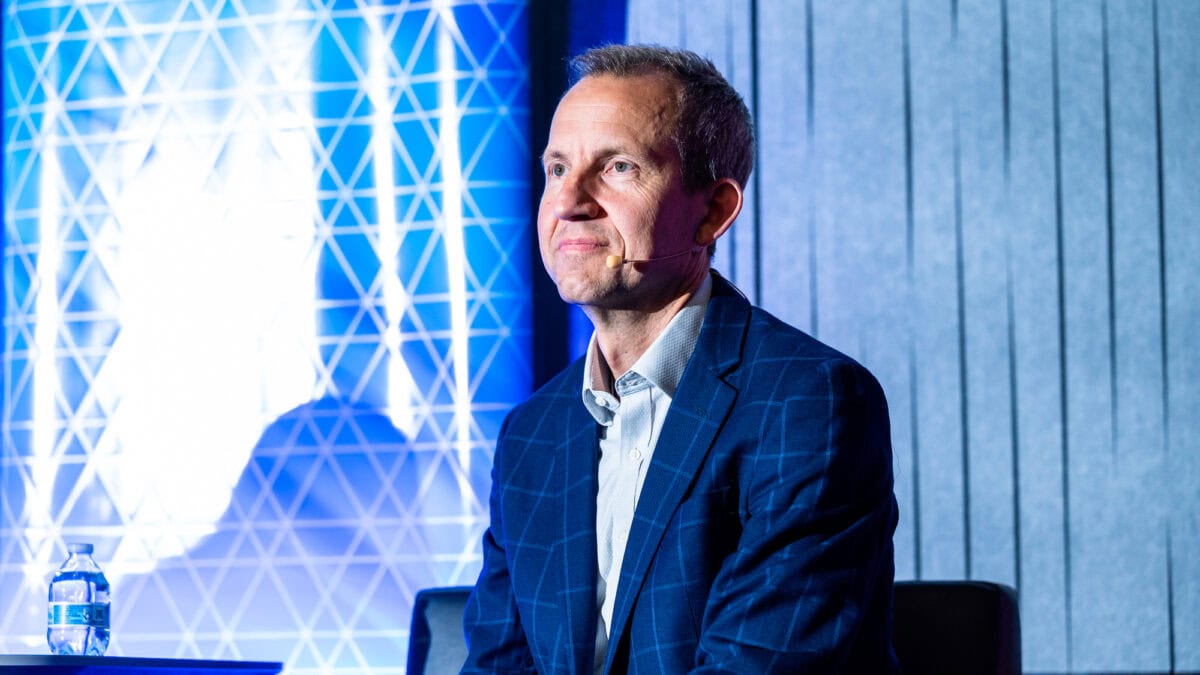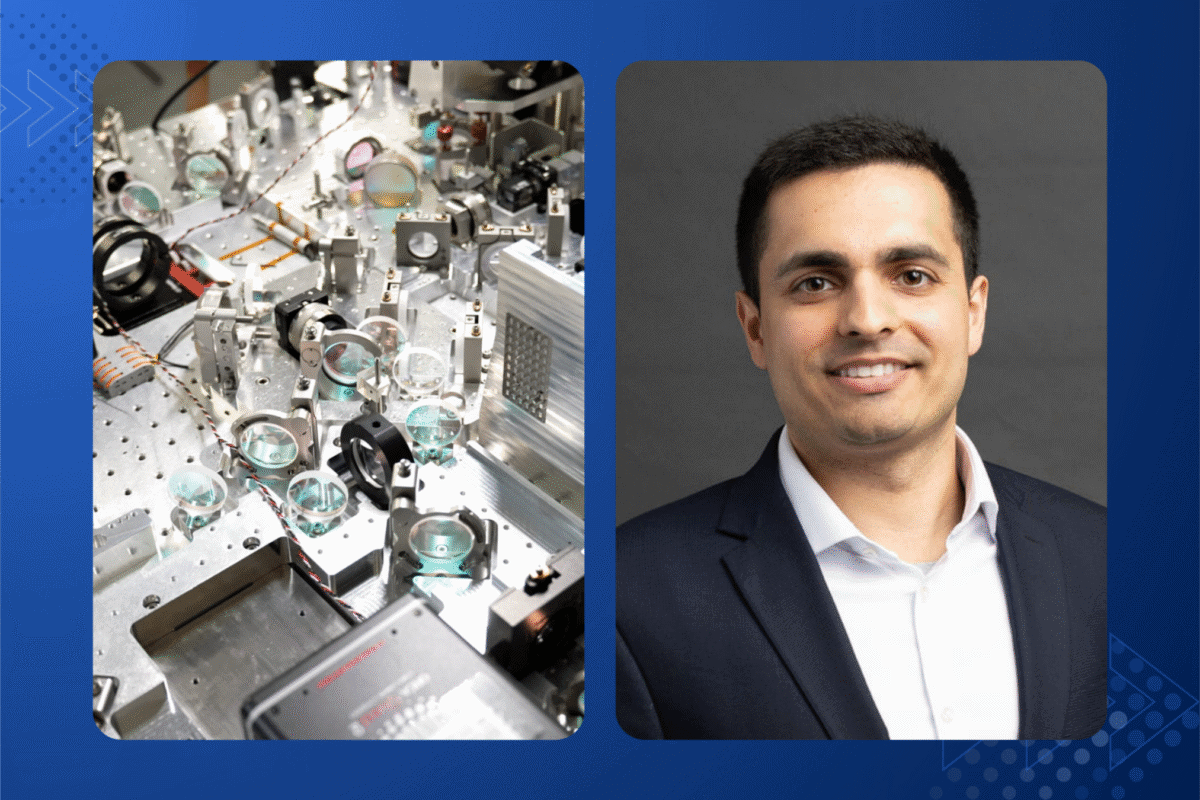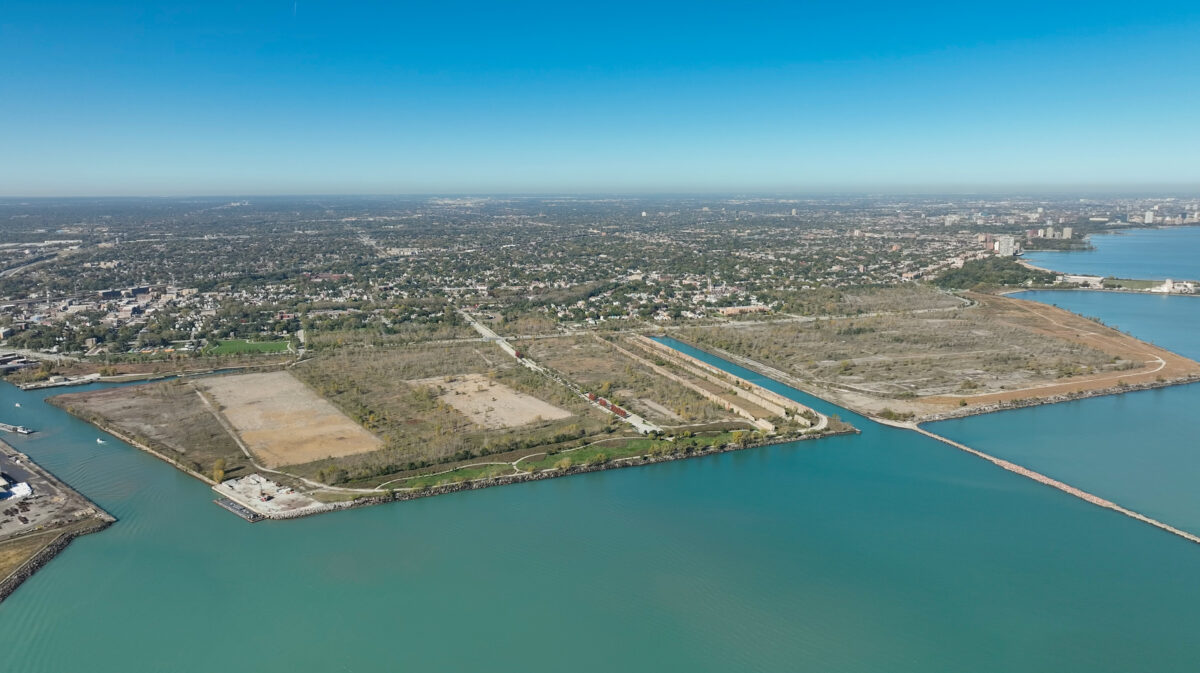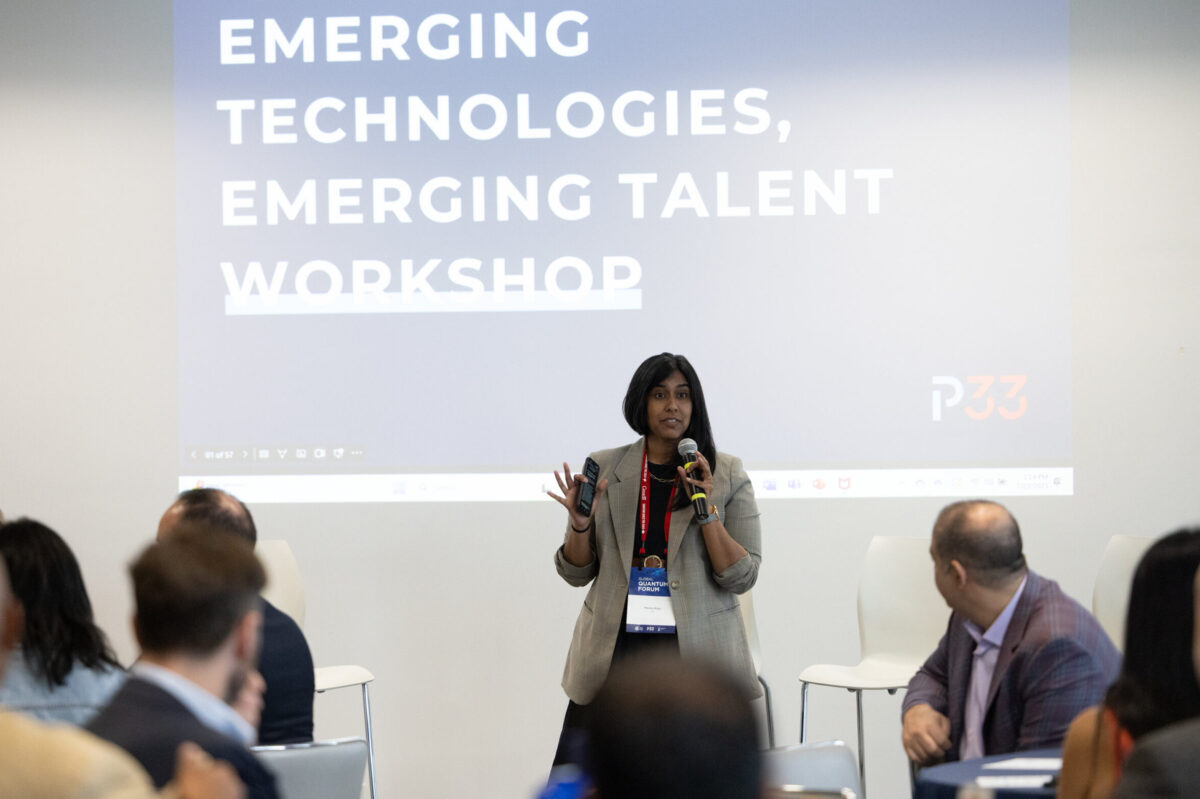
Image Credit: Argonne National Laboratory
The leaders behind the Illinois Quantum & Microelectronics Park (IQMP) are out-of-the-box, big thinkers: trailblazers in science, engineering, industry and academia working together to uncover practical quantum applications and its infinite possibilities.
We invite you to get to know the extraordinary pioneers behind the Park, beginning with its Executive Director and CEO Dr. Harley Johnson (“Harley”).
As a researcher and lifelong academic, Harley primarily lives on the theoretical side of quantum. He has spent his career immersed in electronic and quantum materials so that he might address the role of defects and deformation in their functional properties. And while he readily acknowledges that quantum computations may not sound exciting to most people, for him, there’s no better space to occupy in quantum than being at the crest of the wave versus behind it.
What sparked your interest in science and mathematics?
I don’t know whether anyone has ever asked me that! My first exposure at 15 really left an impression. I loved high school chemistry and physics, truly just loved it, and better understanding atoms, material and the universe. I remember the theoretical part of high school chemistry appealed to me from the beginning. As I worked my way through my career, those same concepts — electrons and atoms — remained central to what I do.
How would you explain your research to someone who is unfamiliar with your field?
I study electronic and quantum materials, which are some of the materials inside the computers that we use everyday. The way materials respond to different forces and stimuli affects the way they work inside of our devices, spanning everything from the original silicon materials inside classical computers to materials inside lasers, quantum computers and beyond. My work at the University of Illinois Urbana-Champaign is computational and theoretical: we create models that help us understand these materials.
Quantum and microelectronics can feel like abstract topics. Why should people care about them?
The microelectronics side is easier to relate to because we all have some relationship to computers already. A smart phone is a computer, and the fact that we have an internet means that microelectronics are something that touch everybody.
Then there is the fact that quantum computers will be much more powerful than the classical computers we have today, enabling us to imagine how they can impact our daily lives in everything from medicine to energy challenges. Any company providing goods or services has computational challenges, which means they need computers to optimize their designs, deliver them to us faster, save money and prevent fraud. With quantum, they’ll be able to solve these problems much, much faster, and I think people will definitely come to appreciate this.
What potential application of quantum technology excites or interests you the most?
Computational chemistry and the very meaningful application in drug discovery.
Tell us about the IQMP leadership team. How are you working together to bring the IQMP to life?
As a lifelong academic, I am used to interacting with students and professors. Over the last few years, I have interacted with a broader ecosystem including corporate engineers and industry leaders. Through the Park, we’re doing that to a great extent now — working with startup engineers and scientists, Fortune 100 companies, state government and some of the nonprofits focused on economic development. It’s refreshing and fascinating to get all of these people in the room to uncover the optimal ways to project manage and solve problems.
What can you tell us about your colleagues?
There are a lot of personalities in academia, but one constant is curiosity. Our curiosity helps us move to a creative place when trying to solve problems, but the IQMP team has a great balance of people who are big picture, creative thinkers and those who are very practical, action-oriented professionals. We really need all of those different things coming together on a project like this that is so out of the box.
How does Illinois’ history and culture of innovation inspire you and the work you’re leading?
I am really proud of the history of innovation here. It’s an amazing legacy and, as an academic, I feel very fortunate to be part of it. But for me, I have an equal measure of excitement about the civic and industrial history of Chicago. I remember 25 years ago preparing to move here, paying more attention to “The City of Big Shoulders” and what that means, and the Daniel Burnham history. What we’re doing here is combining tech innovation with civic legacy to accomplish very big projects. It’s pretty rare and a completely unique combination you might not find anywhere else.
What advice would you give to students or young professionals who want to be part of the future of quantum and microelectronics?
Seek out opportunities and be proactive. You need to be trained in the tech and the science to make a technical contribution, so the number one thing is education and training — high school, secondary or postsecondary. To gain exposure, be persistent and go ask about internships, lab groups, coding clubs or volunteering as a researcher. When you’re a student, it’s a really good time to think big!
HARLEY: INSTANT INSIGHTS
Deep dish or tavern style: Deep dish.
Early bird or night owl: Both.
Favorite class in college: Science communication
If you could have dinner with any one person, living or historical, who would it be: Abraham Lincoln.
If you had to describe quantum’s potential in one word, what would it be: Exciting.
Publish Date
July 9, 2025
Sign Up for Our Newsletter!



